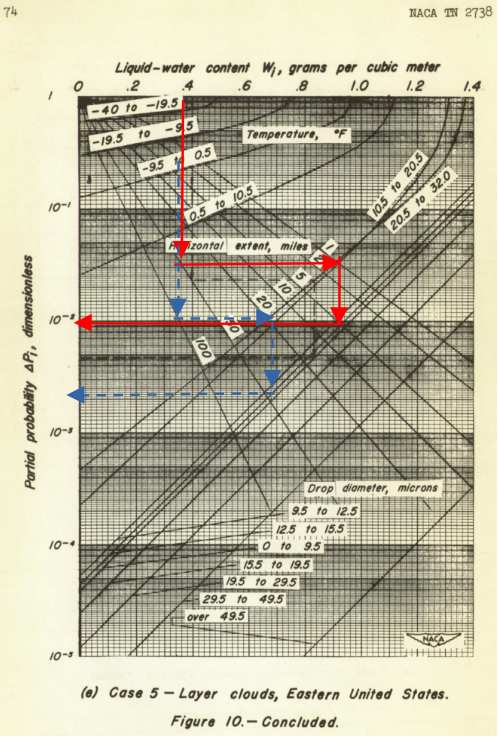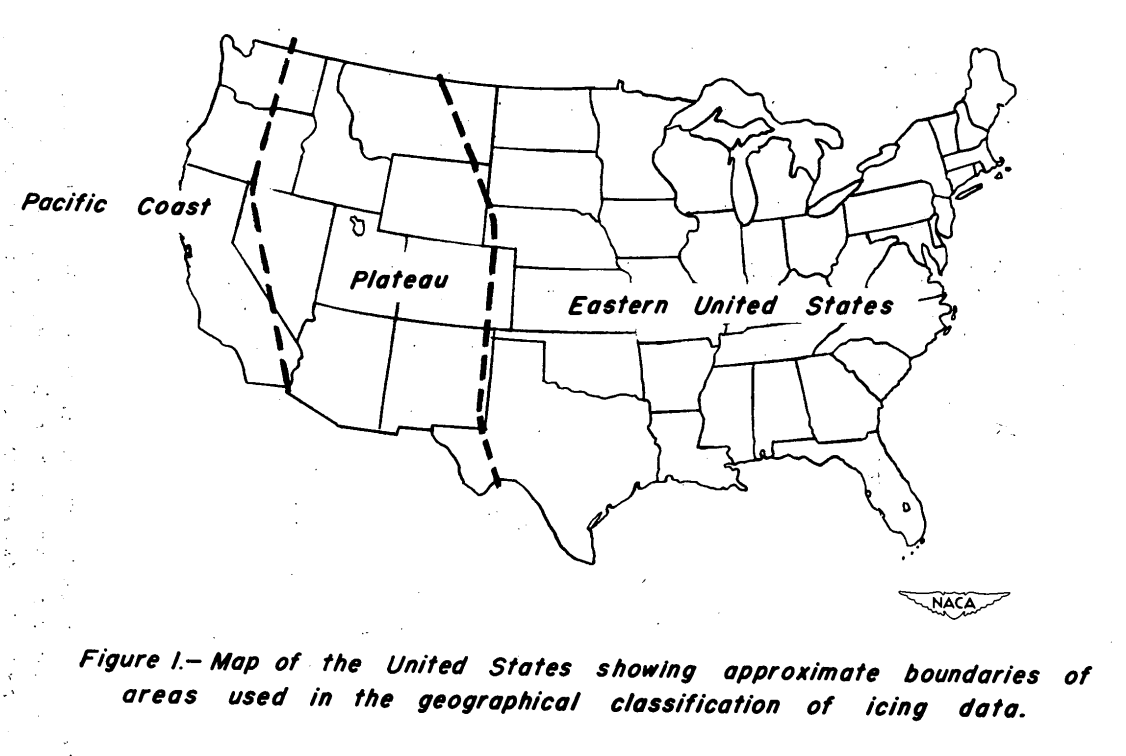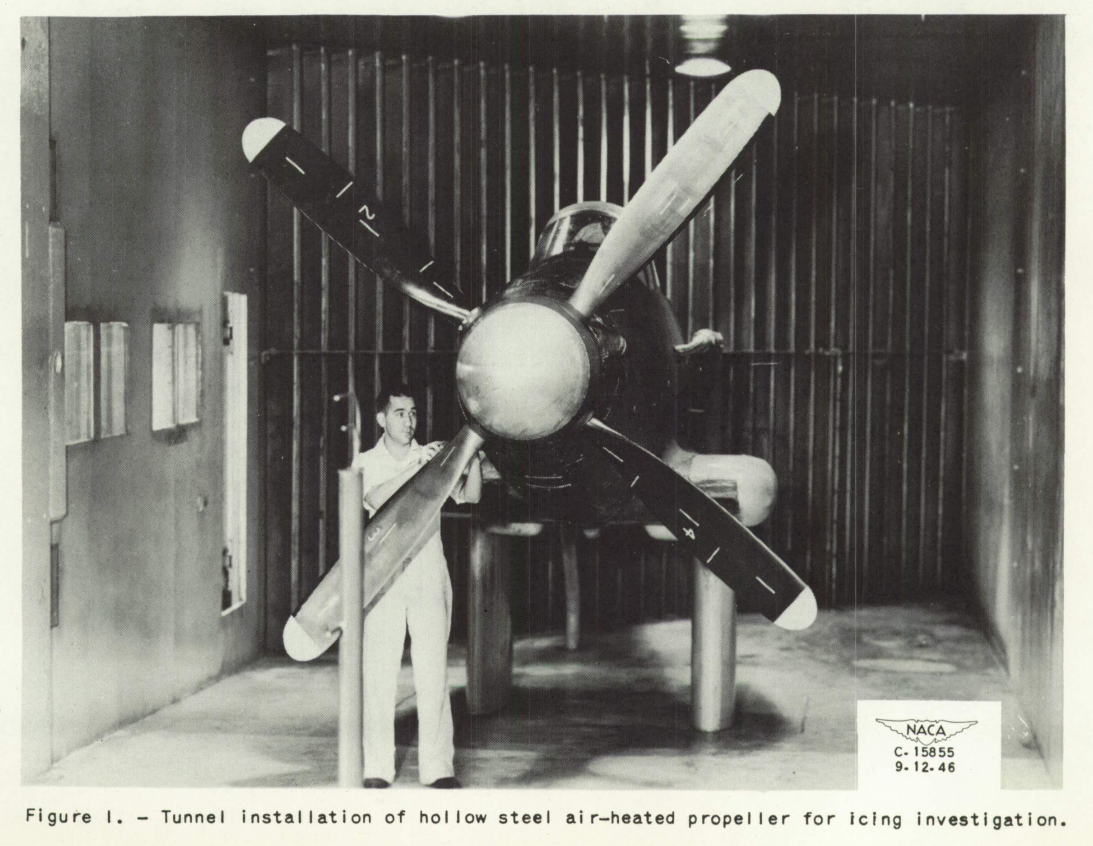"Most, if not all of the recent accidents on record having icing as the probable cause could have been prevented if the flight crews understood the serious nature of the situation and had applied appropriate corrective action." 2
Summary
Three publications on flight safety by Porter Perkins are reviewed.
Discussion
These publications are copyrighted. The first one, however, has a reuse license, and so much of the discussion will center on it.
"Tailplane icing and aircraft performance degradation" 1992 1
Ice on the tailplane (horizontal stabilizer) was identified as a risk on some aircraft:
read moreAlthough the sensitivity of airplanes to inflight icing has been recognized for many years and can be minimized by ice protection systems, the advent of the medium-altitude turboprop commuter transport aircraft has resulted in renewed attention to the icing problem. This review of icing has been prompted by several recent accidents that apparently were caused by …


